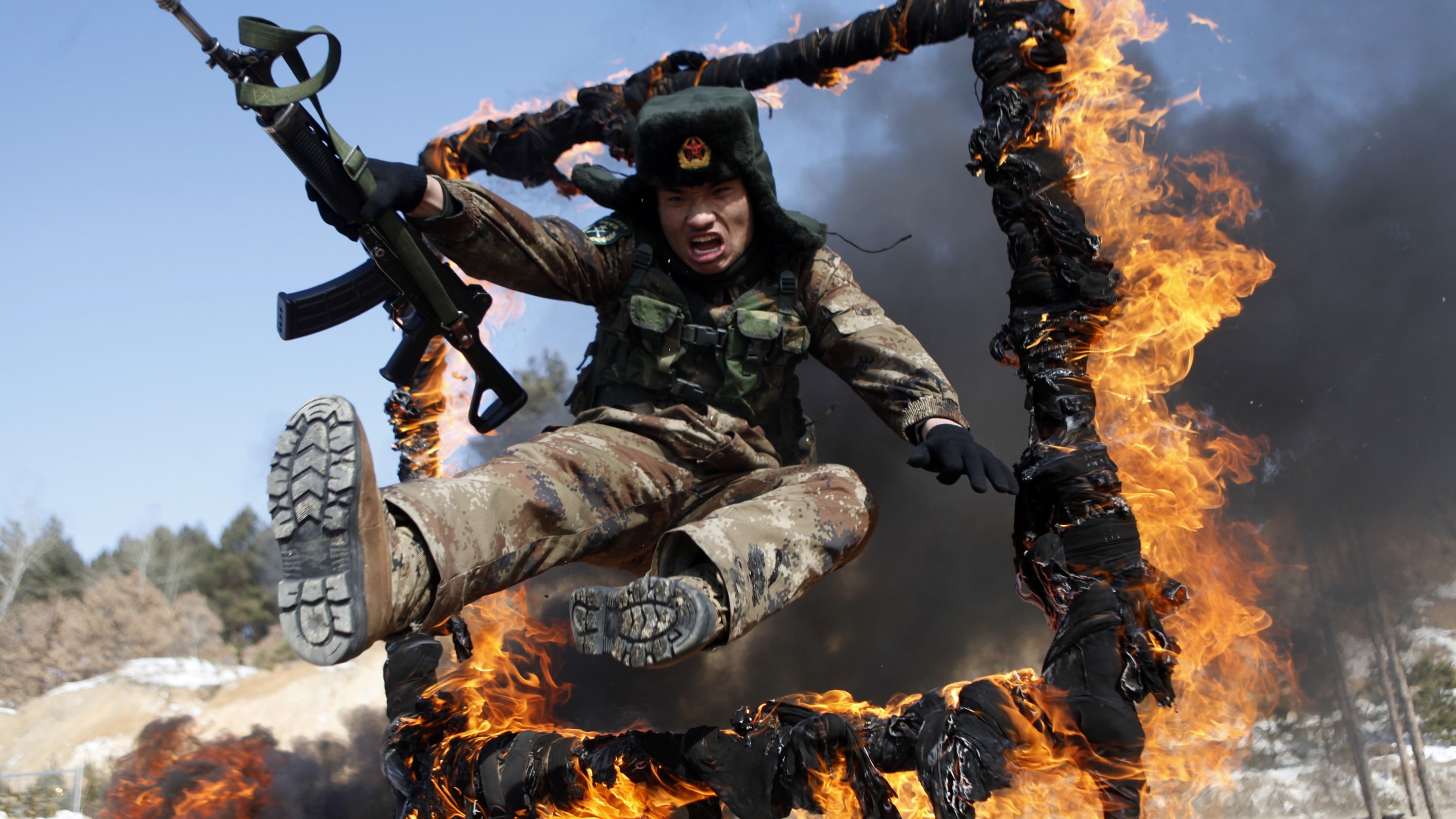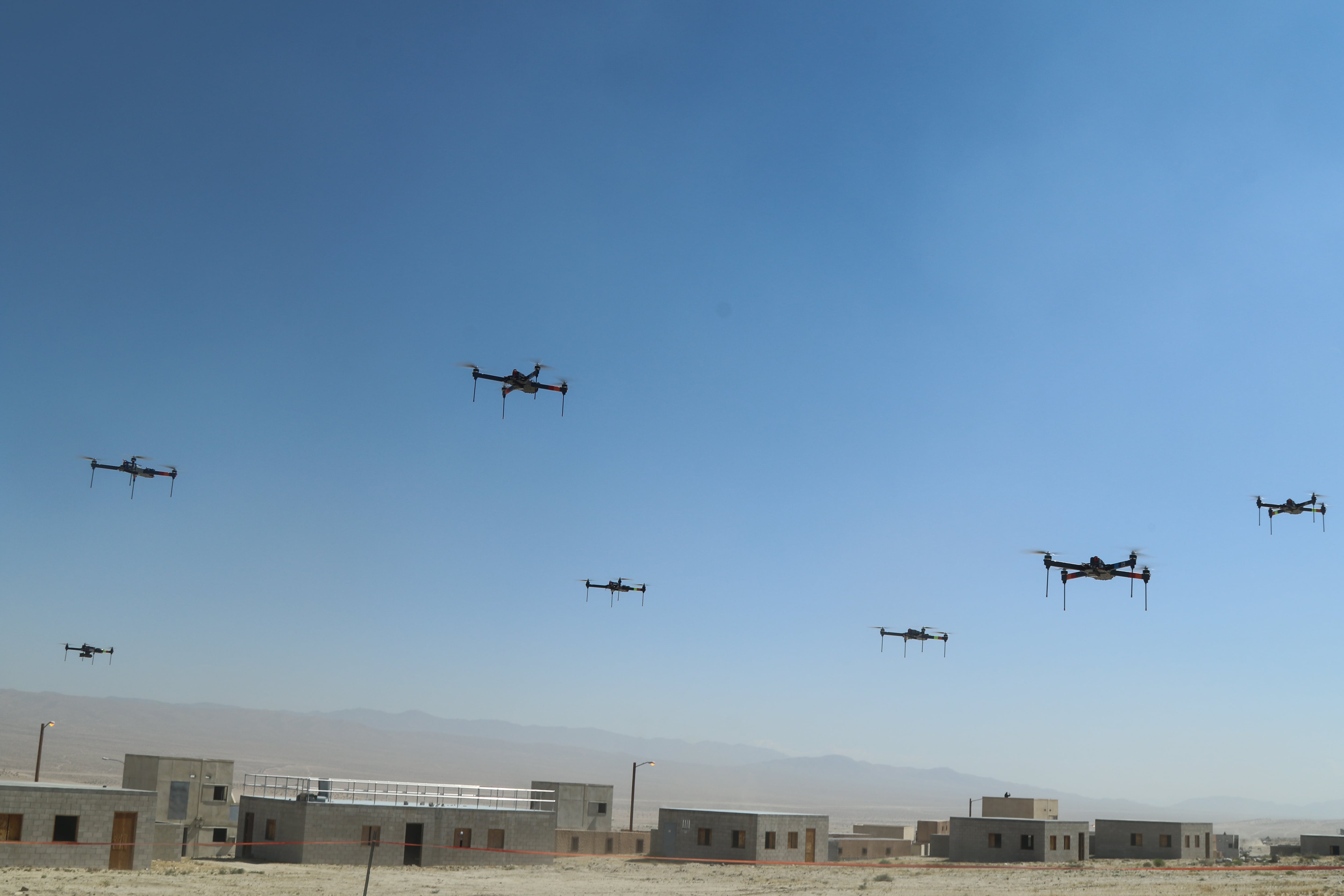FORT MONROE, Va. ― The Army is flush with change as it gears up for an era in which Pentagon and national security leaders anticipate the U.S. military will be overwhelmingly concerned with competing against peer adversaries like Russia and China.
New concepts like multi-domain operations are being toyed with and gradually fleshed out. New technology like long range precision fires are being requested. And countering vectors of attack like spoofing and jamming are being more heavily emphasized.
But how much of the larger strategy is actually a concern for junior enlisted soldiers serving in jobs like infantry, armor or artillery, as the Army gets ready to turn what is still a working concept into actual doctrine?
“Yes, they’ll get a taste of it. They will understand it," Army Training and Doctrine Command’s senior enlisted soldier, Command Sgt. Maj. Timothy Guden, told Army Times. “They may not grasp it from a strategic level, but it’s going to be in the inner workings of the schoolhouse as we write doctrine for this.”
"In the schoolhouses for all the career management fields and MOSs, and as enlisted soldiers go to their enlisted development courses, yeah, it’s going to be interwoven into all of that.”
Junior soldiers will be at the forefront of multi-domain operations, and soldiers should understand that they’ll be the ones pulling the trigger on electronic counter-drone systems, man-portable air defense missiles and withstanding spoofing and jamming by opposing forces.
RELATED

More importantly, they will be one of the best filters to tell leadership what tools work and what ones don’t.
“The higher levels of command will be talking about it and will be issuing resources as necessary, but it’s going to be the squad leaders and the team leaders and the soldiers on the ground that will be executing these things and implementing these new technologies as we modernize,” Guden said. “And so it’s going to be critical to get their feedback.”
The coming doctrinal changes will reverberate throughout the Army. For instance, the service is reemphasizing training on FIM-92 Stinger missiles and building up short-range air defense battalions to counter Russian capabilities on display in Ukraine, as well as the proliferation of drone technology.
And after two two decades of counterinsurgency conflict, the Army has started to tackle the withered state of its artillery cannons.
A 2018 Rand Corporation report said that Russian cannons have 50 to 100 percent greater range than current U.S. cannons. So over the next several years, the Army plans to double the ranges of current systems to help deliver fire support for armor and mechanized units maneuvering on a potential battlefield.
All those changes impact the soldier in the field — how they fight and even how they plan their careers.
That being said, soldiers may not find themselves concerned with the strategic level implications of emerging doctrine, like deterrence theory and the balancing of great powers, and that’s okay.
“As a private myself, obviously many years ago, I didn’t concern myself with that,” Guden said. “That wasn’t really in my scope. I was concerned with taking care of the things I could effectively control. Adjusting in strategic things and doctrine at that level, wasn’t necessarily there.”
“I can even put myself back as a junior leader under AirLand Battle, which was our [old] doctrine," Guden added. "Besides knowing where it was in the field manuals and understanding the basic foundational stuff of it as I went through NCO education, all that kind of stuff, it wasn’t one of those things that was on the forefront of my mind when getting ready to do an operation.”
Kyle Rempfer was an editor and reporter who has covered combat operations, criminal cases, foreign military assistance and training accidents. Before entering journalism, Kyle served in U.S. Air Force Special Tactics and deployed in 2014 to Paktika Province, Afghanistan, and Baghdad, Iraq.
